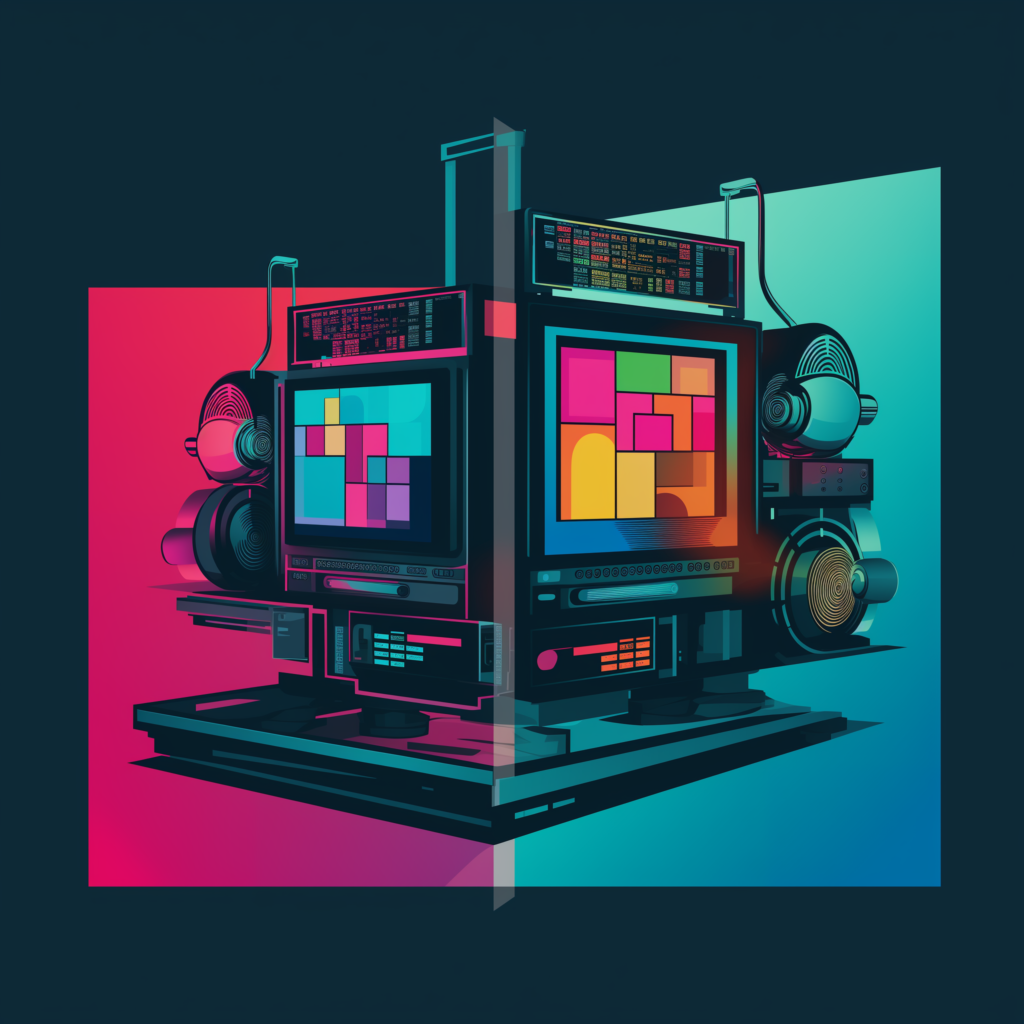Have you ever wondered why the colors on your computer screen look so different when printed on paper? Or why the red in your printed brochure doesn’t pop like it does on your monitor? Well, it all boils down to two color models: RGB and CMYK. Let’s dive into this colorful world and understand why picking the right one is crucial for your project!
Advantages of RGB:
- Wide color gamut: RGB can produce vibrant, saturated colors, making it ideal for digital displays, such as computer screens, televisions, and projectors.
- Brightness control: Since RGB is additive, adjusting the intensity of each color channel allows for precise control over the brightness and luminosity of an image.
- Web design and digital content: RGB is the primary color model used in web design, graphic design for screens, social media, and other digital platforms.
When to use RGB:
- Web design: When creating graphics, websites, or any content intended for online use, RGB is the preferred choice due to its compatibility with digital displays.
- Digital artwork: If your work is primarily intended for online viewing or digital media, using RGB ensures an accurate representation of colors across various devices.
CMYK (Cyan, Magenta, Yellow, Black): CMYK is a subtractive color model utilized in print media, including magazines, brochures, and newspapers. It functions by subtracting various amounts of cyan, magenta, yellow, and black ink from a white background to produce colors. Unlike RGB, which starts with darkness and adds light, CMYK begins with a white surface and subtracts color to create the desired hues.
Advantages of CMYK:
- Accurate color representation in print: CMYK is optimized for print production and provides a closer approximation of colors when printed on paper, ensuring greater consistency between the digital design and the final printed result.
- Pantone color matching: CMYK is compatible with Pantone Color Matching System (PMS), which allows precise color replication across different printing processes.
When to use CMYK:
- Print media: If your design will be printed in physical form, such as posters, brochures, or business cards, using CMYK is crucial for accurate color reproduction.
- Professional printing services: When collaborating with a professional print shop, they typically require CMYK files to ensure the colors are reproduced correclty on the printed materials.
In conclusion: Understanding the distinctions between RGB and CMYK is vital for any designer or content creator. RGB is best suited for digital display and online, offering a wide color gamut and brightness control. On the other hand, CMYK is designed for print media, ensuring accurate color representation and compatibility with professional printing processes. By using the appropriate color model in the correct context, designers can create visually compelling and consistent content, whether the design is for the digital realm or the physical world of print.
